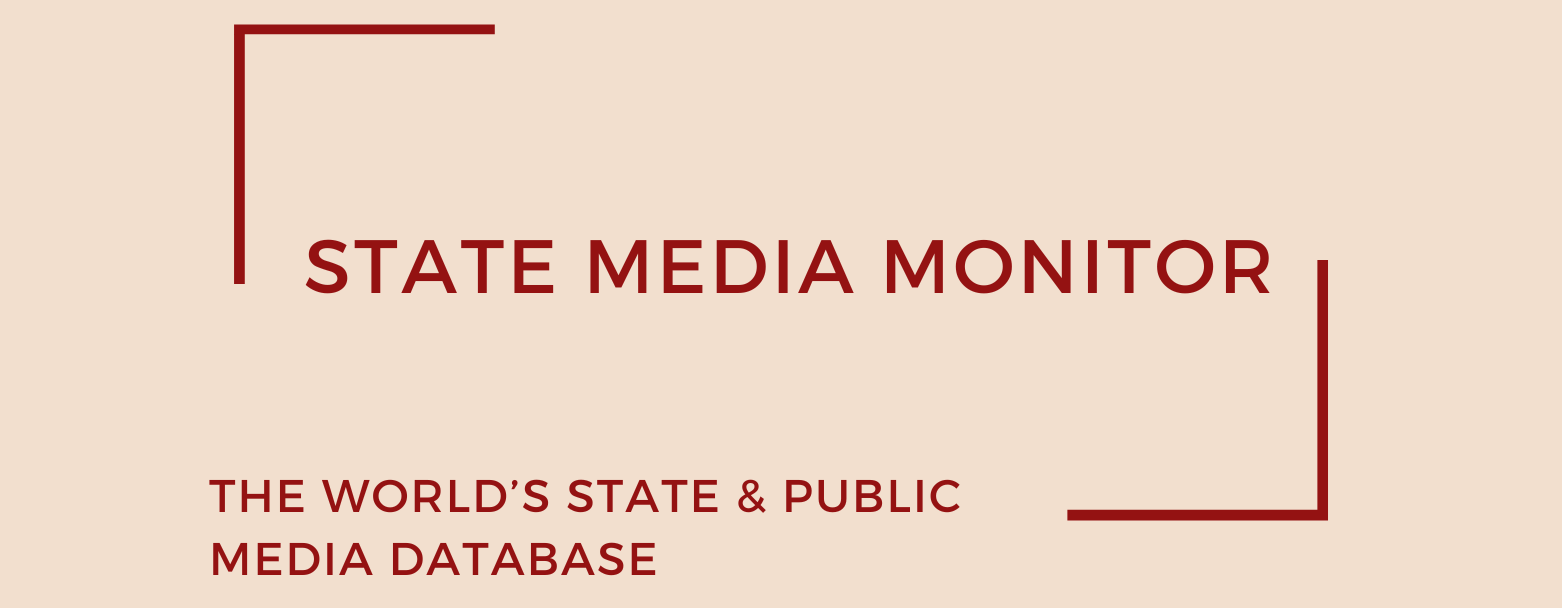State and Public Media in MENA Region in 2025
State and public media across the Middle East and North Africa (MENA) remain firmly under government control. As of 2025, an overwhelming 97% of surveyed outlets lack editorial independence—marking a 1% increase from 2024. In total, 52 institutions, representing nearly two-thirds of all state and public media entities in the region, are classified as “State-Controlled” (SC) under the State Media Monitor typology.
Out of the 84 media institutions assessed in this year’s report, only three are considered to maintain editorial independence: the Israeli public broadcasters IPBC and Galatz, and Sky News Arabia, a joint venture between the UK-based Sky Group and the Abu Dhabi Media Investment Corporation (ADMIC), a firm linked to the Emirati royal family.
However, the situation appears to be deteriorating further. Two of the region’s few independent outlets—IPBC and Galatz—are facing mounting political pressure amid the escalating conflict in Gaza. The Israeli government, led by Prime Minister Benjamin Netanyahu, has come under heightened international scrutiny, particularly from the UK, Canada, and several European states, which have signalled their support for recognising Palestinian statehood. In this context, Netanyahu’s administration has intensified its efforts to undermine the editorial independence of Israel’s public broadcasters.
In March 2024, the Knesset, the Israeli legislature, passed a new regulation empowering a government-appointed committee to scrutinize IPBC’s financial records and banning the organisation from producing films and documentaries. The move is widely seen as a means to coerce journalists into toeing the official line under threat of budget cuts. Similarly, officials have exerted pressure on Galatz, an IDF-run radio network, to adopt more government-friendly narratives in its coverage of the Gaza conflict. Nonetheless, both outlets have, thus far, held the line, demonstrating notable journalistic resilience. Their resistance has warranted their continued classification under the “Independent State-Funded and State-Managed” (ISFM) category in our typology.
In Iran, the last vestiges of editorial autonomy were effectively extinguished in 2025 when ISNA, the country’s only remaining semi-independent outlet, was brought entirely under state control, largely in response to its extensive reporting on Gaza. This development marks the final consolidation of Iran’s media environment under state dominance. The government’s tightening grip is further evidenced by the 2025 national budget, which dramatically increased allocations for state propaganda and ideological messaging.
Amid this bleak regional outlook, a few green shoots of reform have nonetheless emerged. The fall of Bashar al-Assad’s regime in Syria in December 2024 has sparked cautious optimism about the future of Syrian public media. The newly installed administration, led by President Ahmed al-Sharaa, appointed Hamza al-Mustafa, a figure with a reputation for independence and experience in media management, as Minister of Information. Furthermore, investigations have been launched into historic financial mismanagement at the Syrian Arab Publishing and Distributing Company and the Al Wahda Foundation, two of Syria’s major state-run media conglomerates. Whether these initial steps will translate into genuine liberalization of Syria’s long-captive media sector remains to be seen.
In conclusion, the public media landscape in the MENA region remains largely bleak, with no substantive improvement, and, in many cases, further deterioration, observed over the past year. Tight state control, opaque governance, and punitive censorship continue to define the region’s media ecology. Barring sweeping structural reforms, these trends are expected to persist in the immediate future.
Read MENA Region Overview 2024
Read MENA Region Overview 2023
Read MENA Region Overview 2022
Read MENA Region Overview 2021
Citation (cite the article/profile as part of):
Dragomir, M. (2025). State Media Monitor Global Dataset 2025.
Media and Journalism Research Center (MJRC).
Zenodo.
https://doi.org/10.5281/zenodo.17219015
This article/profile is part of the State Media Monitor Global Dataset 2025, a continuously updated dataset published by the Media and Journalism Research Center (MJRC).
